

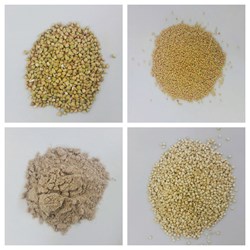
These are disruptive times. Because of the problems encountered in the wheat supply chain, bakeries are looking for alternative grains. Bakeries are looking for alternative grains. Professor Filip Van Bockstaele, who teaches micro-structure-based product development at Ghent University, tells us that there are several drivers behind this. At Inftrafood 2022 he spoke about market trends and the opportunities and limitations presented by the reformulation of baked goods. His talk covered ancient and pseudo-grains.
Filip Van Bockstaele tells us that the Nutri-score is an extremely important driver for reformulation, because consumers want the lowest possible score without affecting flavour and texture. Other drivers include personalised products, such as gluten- and lactose-free, plant-based and sustainable. This is not a given, in his view. “Wheat is a very unique raw material that wouldn’t be easy to replace", says Van Bockstaele. “Wheat is versatile because the gluten provides the structure and texture, along with the starch. Other important factors are the nutritional properties and the neutral flavour, which make it easy to mix with other ingredients, such as fibre. The only limitation is that wheat is unsuitable for gluten-free products."
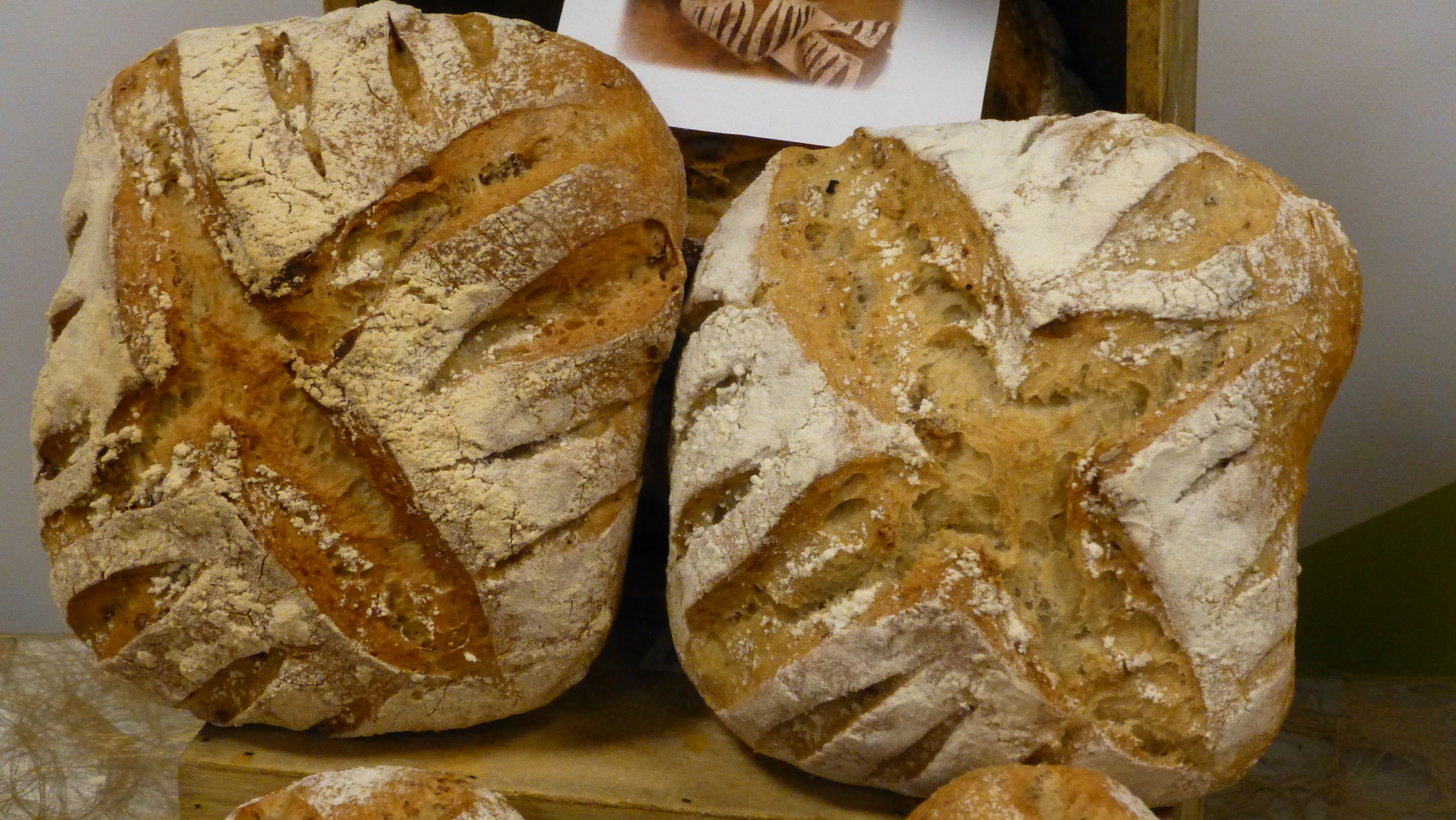
Wheat and Ancient Grains
Over thousands of years wheat has evolved, through crosses, into the wheat we use for bread today. Einkorn, an ancient grain, was one of the first progenitors to be crossed with a wild species of grass to obtain emmer wheat. This then evolved into khorasan (kamut), durum and spelt, which have specific properties. In terms of macronutrients (fats, proteins, fibre and carbohydrates) it seems that there is little difference between flour types. There is little to be gained, Van Bockstaele tells us, from reformulating these alternative raw materials to improve the micronutrient contents. “Where micronutrients, minerals and vitamins are concerned, some ancient wheats score better. Einkorn and emmer contain more potassium, einkorn contains more calcium, and it seems that all ancient grains have a considerably higher sodium content than wheat.”
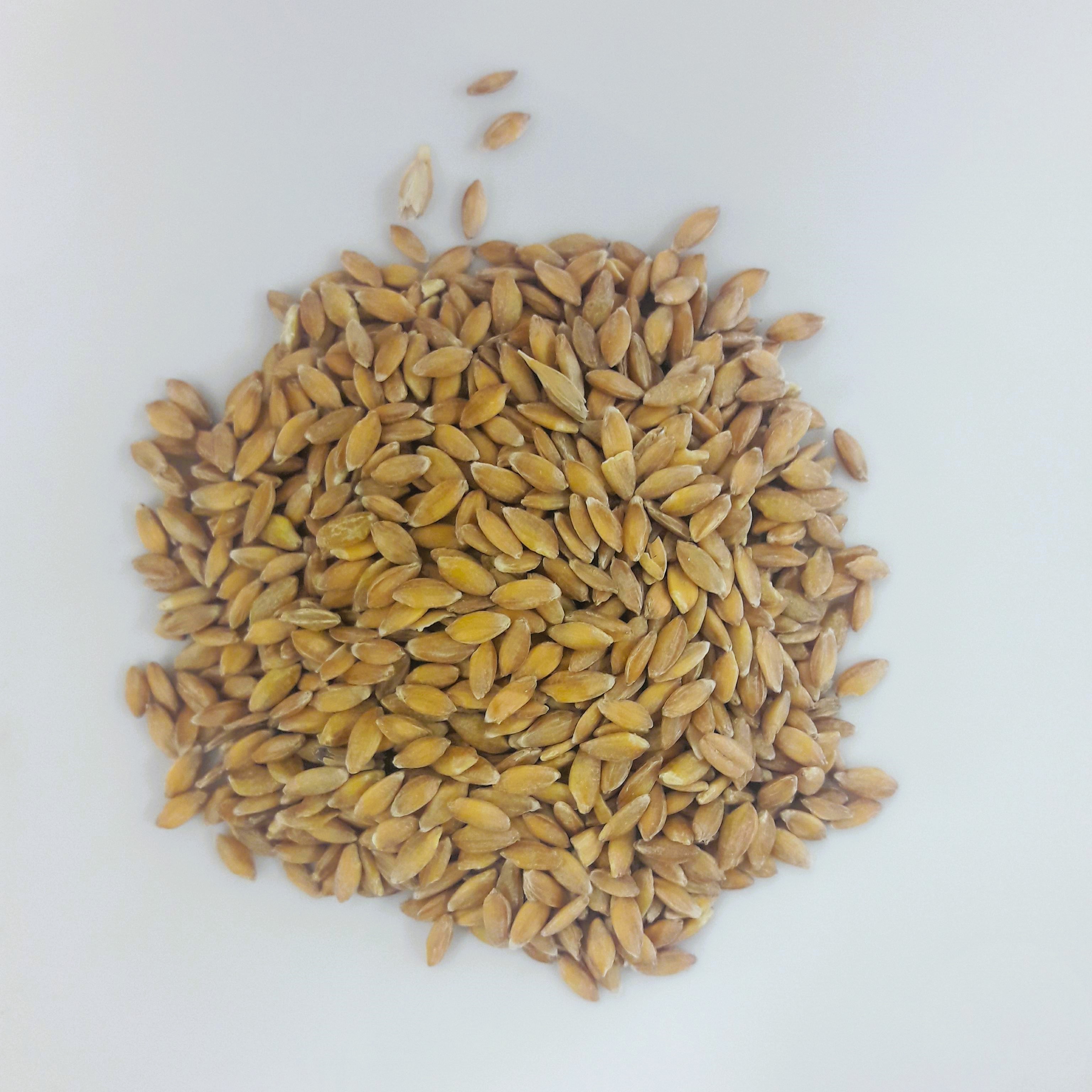
Functionality
At least as important as the nutritional value is the technological functionality of the grain. Where that is concerned, today’s wheat does clearly better than the ancient wheats with a gluten index of 85 to 90%, the professor showed. “Ancient wheats have less cohesive gluten proteins, as a result of which, for example, einkorn is unable to form a gluten network. This results in poor workability, due to extremely sticky doughs." The viscosity profiles of the ancient grain starches show that the ancient grains are comparable with modern-day wheat. This offers possibilities for mixing ancient grains in wheat flour, Van Bockstaele notes. He has also studied alternative baking methods for ancient grains. “Given that mixing 50% ancient wheat wholemeal flour with wheat flour always resulted in lower bread volumes compared to classic wholemeal flour, alternative bread-making techniques such as autolysis, ebouillantage, longer proofing and poolish were tested to obtain better bread volumes.” Yeast-based cold doughs and poolish gave better bread volumes.
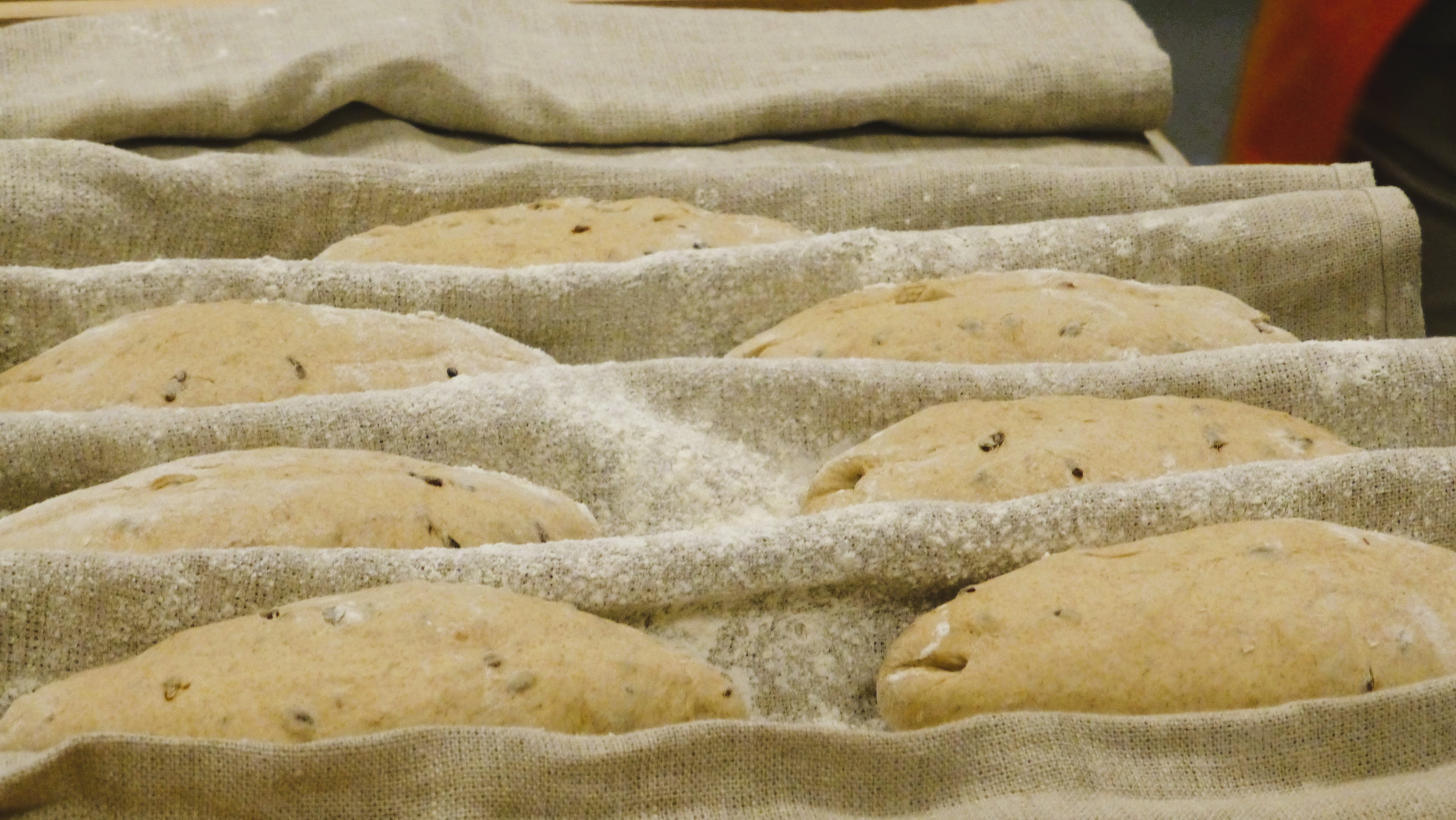
Pseudo-grains
Generally, pseudo-grains are used in the same way as grains, but do not belong to family of grasses. Well-known varieties are amaranth, buckwheat and quinoa, which have a more pronounced flavour compared to wheat. Their nutritional values are higher than that of wheat. Amaranth and quinoa have a higher protein content (15-16%) and a higher fat content (6-7%). Where micronutrients are concerned, pseudo-grains are richer in calcium, phosphorus, potassium, magnesium, sodium and iron. Pseudo-grains are also gluten-free. Van Bockstaele says that adding these grains to the mix is not straightforward. “Amaranth and buckwheat, for example, begin to have a negative effect on flavour, volume and texture in volumes over 20%. Red quinoa flour, on the other hand, is appreciated for its crumb appearance and the nutty, slightly bitter flavour.”
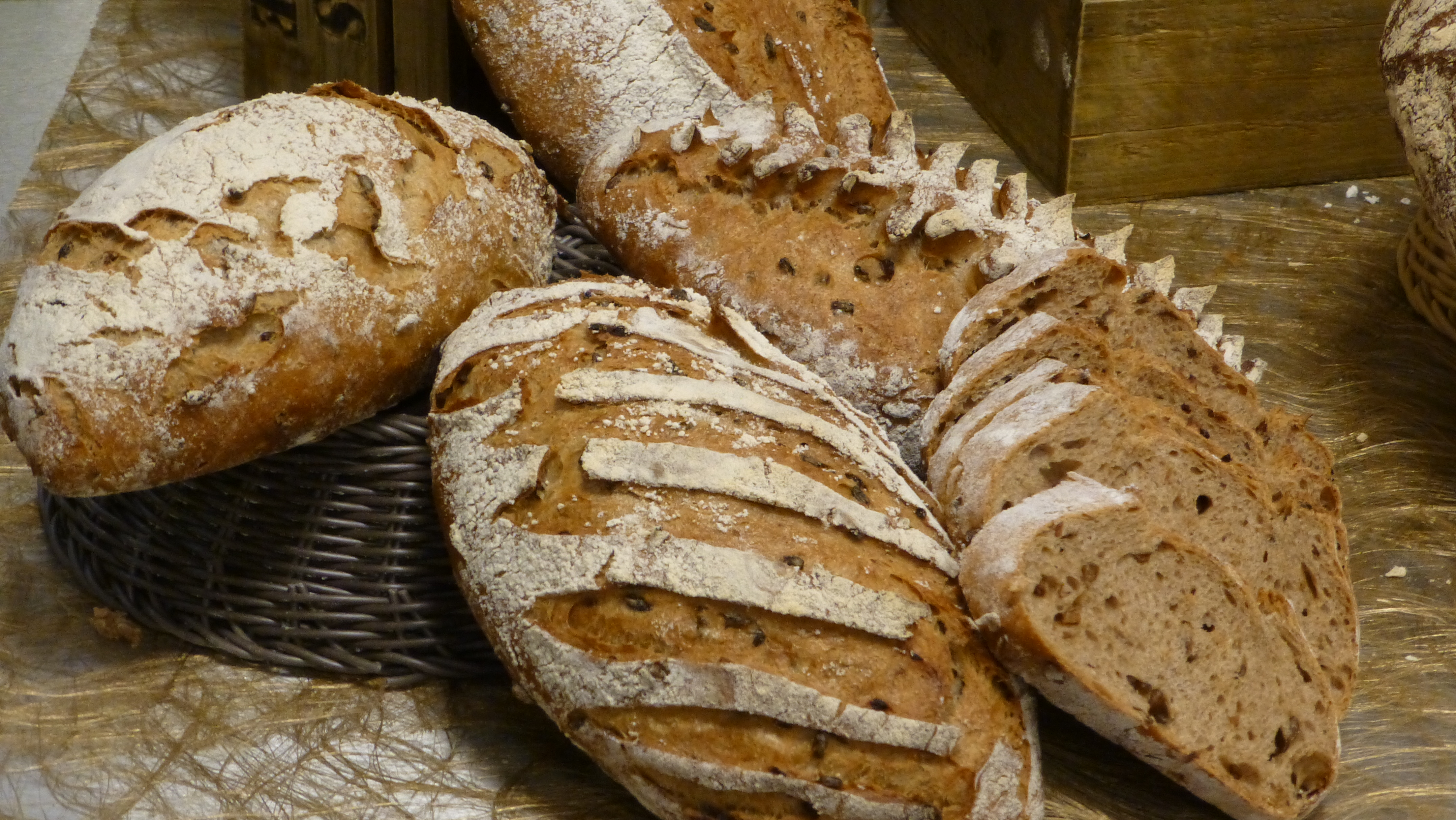
Consumer
On the subject of goods baked with ancient and pseudo-grains, Van Bockstaele also says that three in four consumers would buy them for their flavour, the nutritional value and the variety of the offering. “The important thing is a good story, to make consumers happy to pay the 25% more.”

What exactly will today's consumers want on their plates tomorrow? It is with this rather tricky question in mind that food companies are constantly striving to develop products that meet the needs of even the most discerning gourmets.

Protein-enriched food products offer convenience for those who should or would like to consume more protein. Generally, it is not necessary to consume these products.
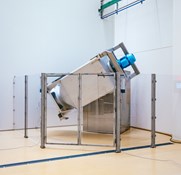
“We are receiving a growing number of enquiries from our clients on the prevention of cross-contamination in the mixing and packaging of dry ingredients for the food industry", says Domien Sierens of Food Blending. “Hygiene and quality assurance are our top priorities".
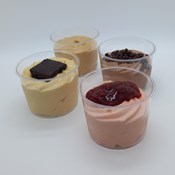
At the Tavola gastronomic trade fair, from 17-19 March, Maisonie will launch four flavours of dessert with extra protein. In nutritional terms, two are sources of protein and two are rich in protein, Nathalie Van der Straeten tells us. She also reveals which plant proteins have been added.